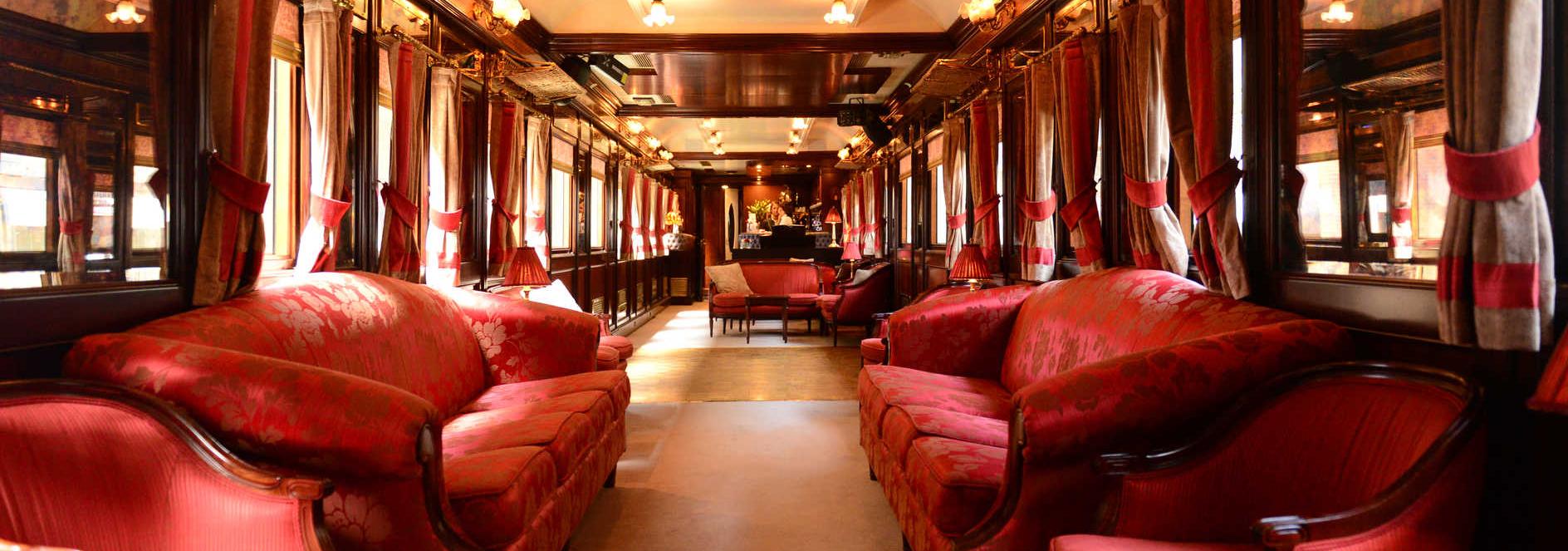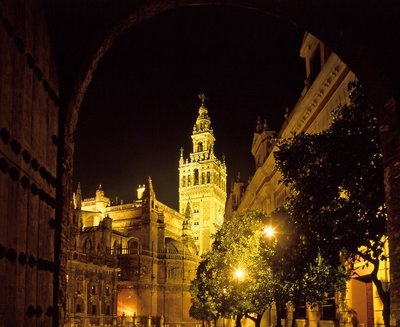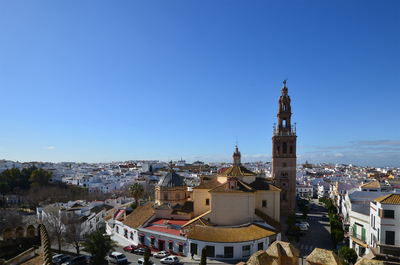Ecija and the curse of the Benamejí Palace

The Benamejí Palace is one of the monuments you really should not miss when visiting the extraordinary town of Écija. This 18th-century building was used as the headquarters for Napoleon's troops and today it is now the town's Historical Museum. What you may not know is that it has its own ghost, which undoubtedly makes it more attractive and its stones more famous.
It was the property of the Marquises of Benamejí, and from the very beginning the mansion was the home for the couple resulting from the marriage between the Lord of Villa de Benamejí and the daughter of the Marquises of Peñaflor. It was in 1936, while it was being used as a barracks during the Spanish Civil War, when a strange lady in white was first seen by soldiers on night watch. It was said that it was the ghost of a colonel's wife who had died.
There is a long list of strange occurrences between these walls. At the end of 1936, an officer shot a worker who was working in the Palace and, in the 1950s, a sergeant did the same to a captain who was working in his office. Since then, many people claimed to hear, both by day and at night, the sound of typewriters even though the office was completely empty. And another unfortunate event involved a bricklayer who died in an accident while taking part in the refurbishment of the palace.
In any case, the Palace of Benamejí is a place that everyone finds interesting, particularly when they discover the number of extraordinary legends and paranormal events that have taken place within its walls.
It is currently the headquarters of the Municipal Museum of Ecija and it is worth visiting for the architectural features, the collections on display and for the town's outstanding monumental attractions, a crossroads of civilisations and with a magnificent Roman footprint: the Plaza de España and the "Salón", whose attractions include a Roman pond and a temple dedicated to the imperial cult. Did you know that Luis Vélez de Guevara, from Ecija, in his work "El Diablo Cojuelo", considered it to be "the most distinguished in Andalusia", and there's another story!












